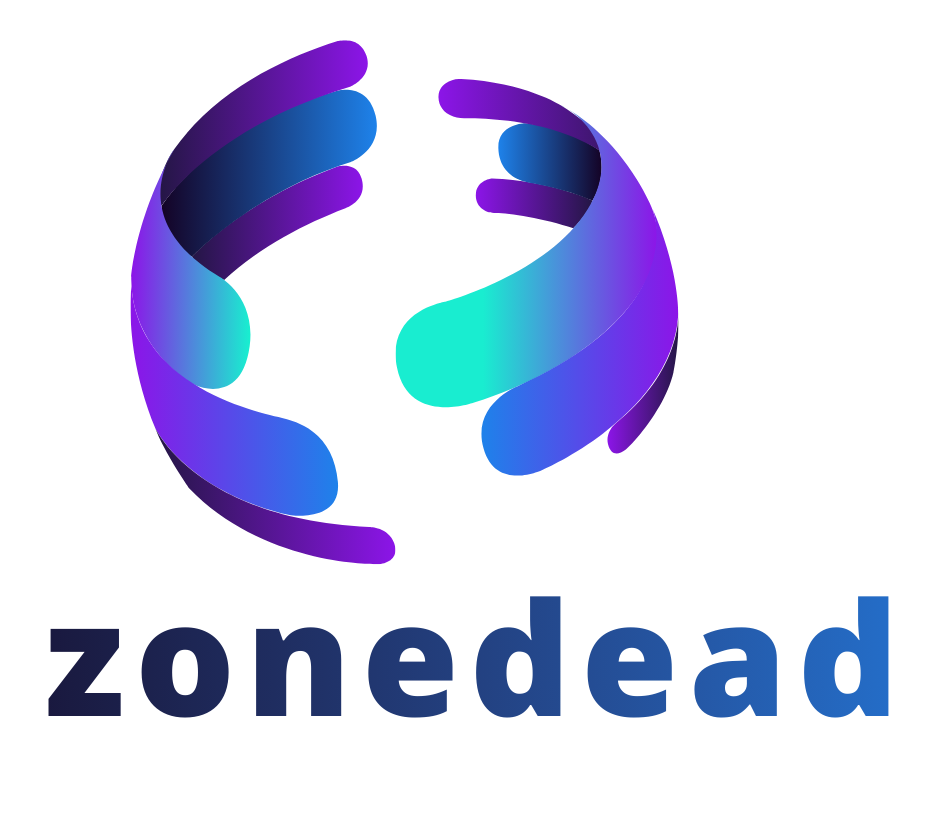TLDR
- Justin Sun sued David Geffen over an $80 million Giacometti sculpture “Le Nez,” claiming it was stolen by Sun’s former art adviser.
- Geffen filed a 100-page countersuit calling Sun’s lawsuit “a sham” and alleging it was fabricated after Sun couldn’t sell two paintings.
- The dispute centers on whether Sun’s employee Xiong Zihan Sydney had permission to sell the sculpture to Geffen.
- Sun claims his employee stole the artwork through “subterfuges” and “forged documents,” while Geffen claims Sun is experiencing “seller’s remorse.”
- The legal battle involves allegations of fraudulent behavior, with Geffen bringing up Sun’s history and challenges with his crypto platforms.
In a high-profile legal fight between two billionaires, American media mogul David Geffen has filed a countersuit against crypto entrepreneur Justin Sun over the ownership of an Alberto Giacometti sculpture worth $78 million. The legal battle centers on “Le Nez,” a bronze, steel, and iron artwork featuring a stylized human head with an extended nose, which Sun purchased at a Sotheby’s auction in 2021.
Sun initiated the conflict in February when he sued Geffen, claiming that his former art adviser, Xiong Zihan Sydney, stole the sculpture and sold it to Geffen without Sun’s permission. According to Sun, the deal was worth around $65 million in artwork and cash.
In his 100-page countersuit filed on April 16, Geffen calls Sun’s lawsuit “a sham” and claims Sun and Xiong “contrived this fraudulent lawsuit” after they couldn’t sell two paintings that Geffen had exchanged for the sculpture, along with $10.5 million in cash.
“Sun’s claims concerning Le Nez are utterly without merit and constitute a bad-faith, tortious attempt to interfere with Geffen’s ownership of Le Nez,” the counterclaim states.

The Sale in Question
The core of the dispute revolves around whether Xiong had permission to sell the artwork. Sun claims that through “subterfuges, possibly made-up lawyers, fictitious other interested parties, and forged documents,” Xiong swindled him out of the work.
Geffen’s legal team has a different view. “Seller’s remorse is not a basis to sue,” said Tibor Nagy, Geffen’s attorney, in a statement. “Our filing separates his fiction from the facts and lays bare for the public the bogus claims he has brought.”
The 82-year-old Geffen suggests that Sun, 34, was eager to sell the sculpture because crypto markets were crashing throughout 2022 and 2023. He also mentions that Sun’s crypto platforms Poloniex and HTX were repeatedly hacked for hundreds of millions of dollars in 2023.
Conflicting Claims
Key disputes in the case include whether Xiong confessed to stealing the sculpture and inconsistencies in Sun’s claims about how much money Xiong allegedly stole. Geffen claims that Sun still has both the money and the paintings from the exchange, which are being held by art dealers.
Geffen’s countersuit goes further by alleging that Sun has a history of fraudulent behavior. He claims Sun has been sued by former employees for punishing them for refusing to engage in “unethical and/or illegal business activities.”
Sun’s lawyer, William Charron, strongly denied these allegations on April 17. “Ms. Xiong confessed to her theft, was arrested in China, and is in detention in China today,” Charron stated.
“In spite of these facts, Mr. Geffen goes all-in on the idea that Ms. Xiong was not a thief; that she supposedly spoke for Mr. Sun at all times; and that she is walking freely in China today. Mr. Geffen’s pleading is extremely misguided,” he added.
Art World Attention
The case has drawn attention in both the crypto and art worlds. Sun has made headlines in the art market before. In November, he bought Maurizio Cattelan’s “Comedian” — a banana taped to a wall — at Sotheby’s New York for $6.2 million, and then ate the banana at a press conference as a publicity stunt.
Sun originally purchased “Le Nez” with Xiong’s assistance at the Sotheby’s New York auction of the Macklowe collection in November 2021 for $78.4 million.
After buying the sculpture, Sun stated on social media that he would donate the work to his APENFT organization, a cyber-exhibition platform. He now says he never made that donation, though he previously claimed he did. He did lend the work to an exhibition at the Institut Giacometti in Paris in 2023.
Sun admits that he later expressed interest to Xiong in selling the piece, but claims he would only do so if a buyer was willing to pay at least $80 million.
Both parties appear ready to continue the legal fight. “We eagerly look forward to litigating this case and to recovering Mr. Sun’s property,” Sun’s lawyer stated.
As the case progresses through the courts, it highlights the intersection of traditional art collection and newer crypto wealth, with two powerful figures from different generations and industries clashing over ownership of a masterpiece.
The outcome could have implications for high-value art transactions and the due diligence required when purchasing multi-million dollar artwork through intermediaries.








